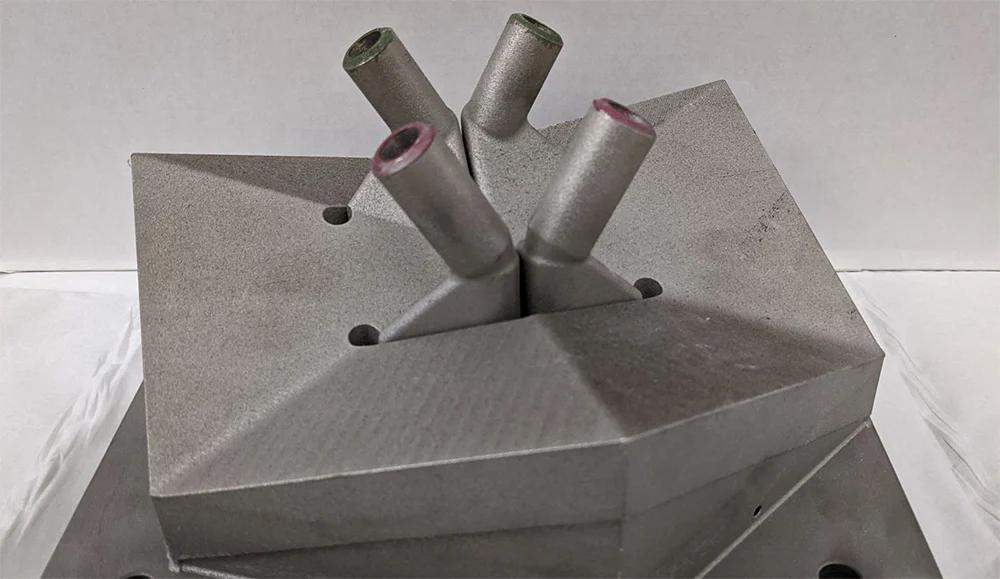After two years of R&D, GE Research has achieved its goal of using 3D printing to revolutionize the design and manufacture of heat exchangers. This week, GE and its partners announced that they have reached an important stage in the ultra-efficient heat exchanger (UPHEAT) project: a 3D-printed heat exchanger capable of operating at 900 ° C.
Even if you do not produce metal components or are not very interested in heat exchangers, the development is great news for the entire additive industry for several reasons. First, heat exchangers have a wide range of applications, covering industries around the world and the growing potential demand for industrial 3D printers. From conditioning the air you breathe on an airplane to maintaining cooling for your car's engine, computer and other electronics, heat exchangers perform important functions and are a constant part of our daily lives. GE's latest development - reaching high temperatures - opens the door for 3D printed heat exchangers for large-scale power generation and jet propulsion.
GE's research is another landmark with its material development and especially in design, as the shape of the heat exchanger cannot be produced with any other technology.
Lana Osuski, chief engineer at GE Research, credited the new advances in materials and design provided by the production of additives to raise the bar, saying: “The freedom of design provided by 3D printing processes and design tools allows us to develop faster, build and test new designs of heat exchangers, which were not possible before. "

0 Comments